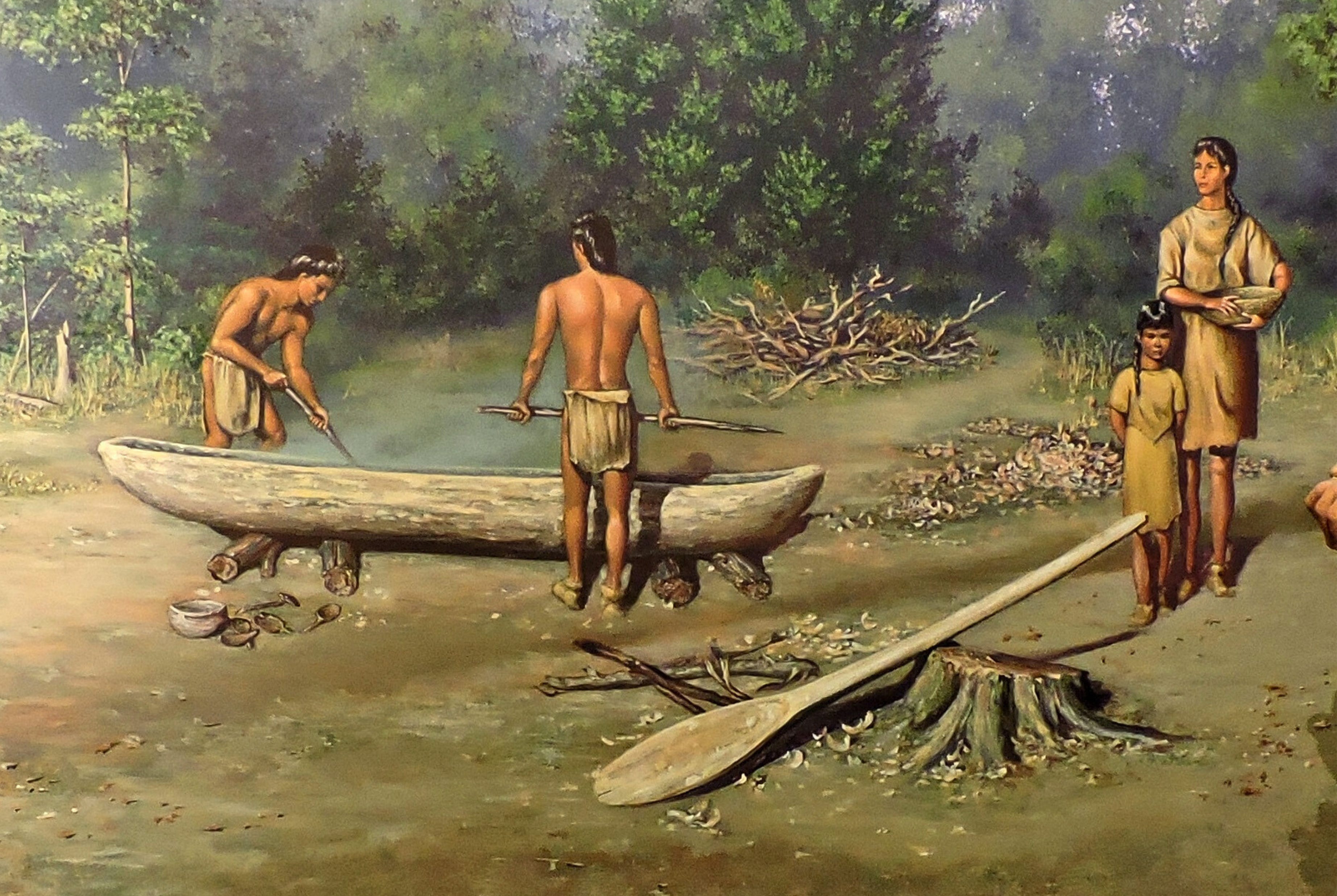
Long before Illinois became a state it was home to many Native American tribes whose cultures and communities shaped the region’s history.
The land was primarily inhabited by the Illiniwek Confederation, a group of tribes that included the Kaskaskia, Peoria, Cahokia, Michigamea, and Tamaroa.
The word “Illinois” itself comes from “Illiniwek,” meaning “the people.” These tribes built villages along rivers, hunted game on the prairies, and developed extensive trade networks that reached across the continent.
Over time, other nations including the Potawatomi, Miami, Kickapoo, Sauk, and Meskwaki (Fox) also made their homes in Illinois.
The Potawatomi lived mainly in northern Illinois and along Lake Michigan, where they farmed, fished, and traded. The Miami and Kickapoo occupied the central and eastern parts of the state, known for their adaptability and skill in diplomacy. The Sauk and Meskwaki settled along the Rock River in western Illinois, where they became known for their leadership under figures such as Black Hawk.
The arrival of French explorers in the 1600s began centuries of change. Native peoples played crucial roles in early trade and diplomacy, guiding explorers and shaping alliances. However, as European settlement expanded many tribes were displaced through broken treaties and forced removals during the 1800s.
Today their impact remains deeply rooted in Illinois’ landscape and identity. Many of the state’s towns, rivers, and landmarks bear Native names, and several tribes such as the Peoria Tribe of Indians of Oklahoma and the Prairie Band Potawatomi Nation continue to honor their Illinois heritage.
During Native American Heritage Month, Illinois recognizes the contributions, history, and continued presence of these nations, ensuring that the story of the state begins and continues with them.
If you would like to learn more about different Native American historical sites across the state visit here.



